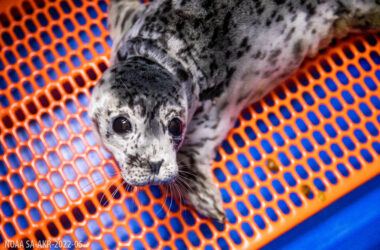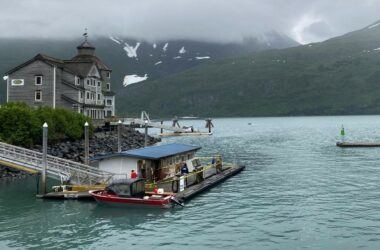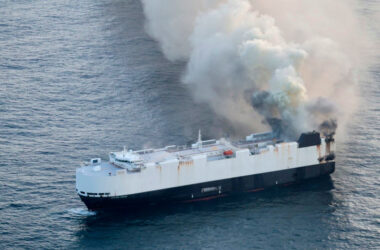Ocean acidification is the current decrease of pH happening in Earth’s oceans, caused by the absorption of carbon dioxide from our atmosphere.
This series will aim to simplify yet congeal various parts of that process and it’s potential impacts.
Founder of environmentalfuture.org James Dempsey detailed the ocean’s cycle that is bringing ocean acidification to the front of many media outlets at this time.
He said the ocean, like the atmosphere, is comprised of layers containing currents which circulate in cycles.
Dempsey: “It’s a 30 to 50 year cycle for whatever is on the bottom to come across and come up and bring the nutrients to the plankton and so forth. Unfortunately along with the nutrients now we’re getting the acid and the acid that we’re getting is 30-50 years old in other words that’s when the atmosphere was 330 parts per million now we’re 400. So the concern that we have is that throughout the oceans we have these acids siting down at the bottom of the oceans that haven’t even began to service yet. If we’re seeing a 30% increase in acidity from the acid from the 1980’s what are we going to see going forward”
As we previously reported, the Pacific northwest coasts affected by the current that comes across the Pacific have seen diminished shellfish and pterapods, or tiny snail-like creatures, which provide food for a majority of the ocean.
Ocean acidification increases carbonic acid which inhibits mollusks’ abilities to form shells.






